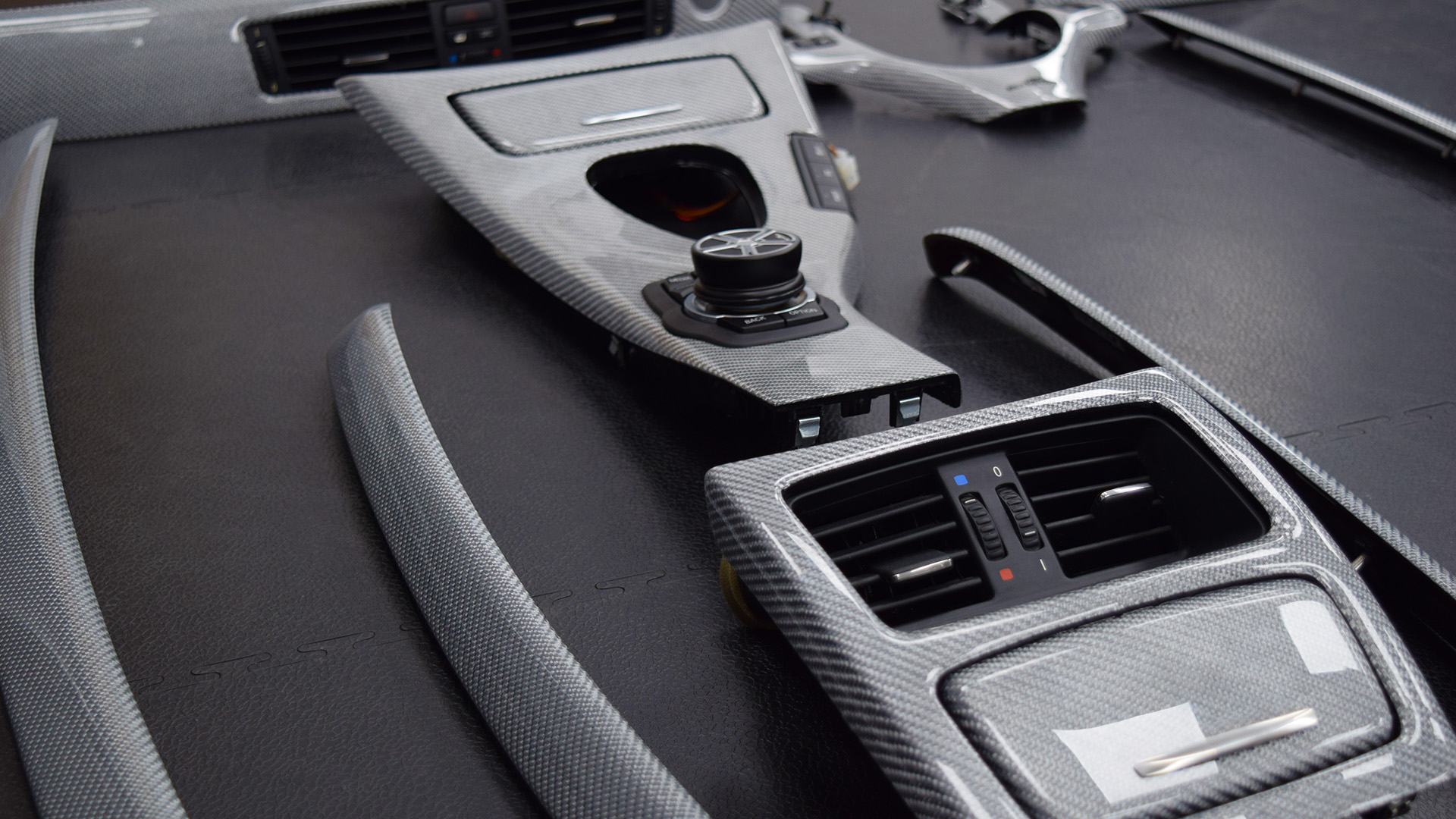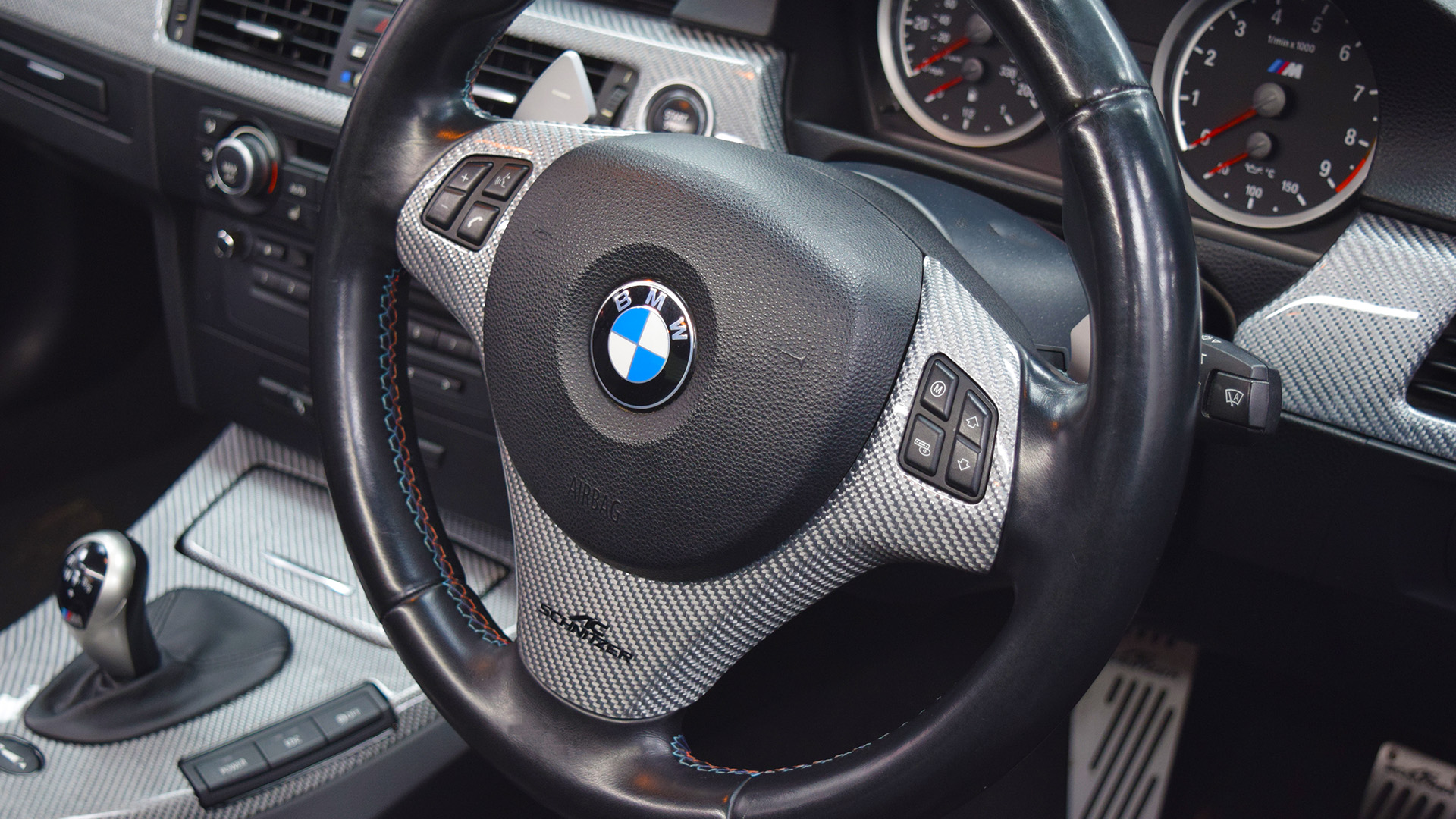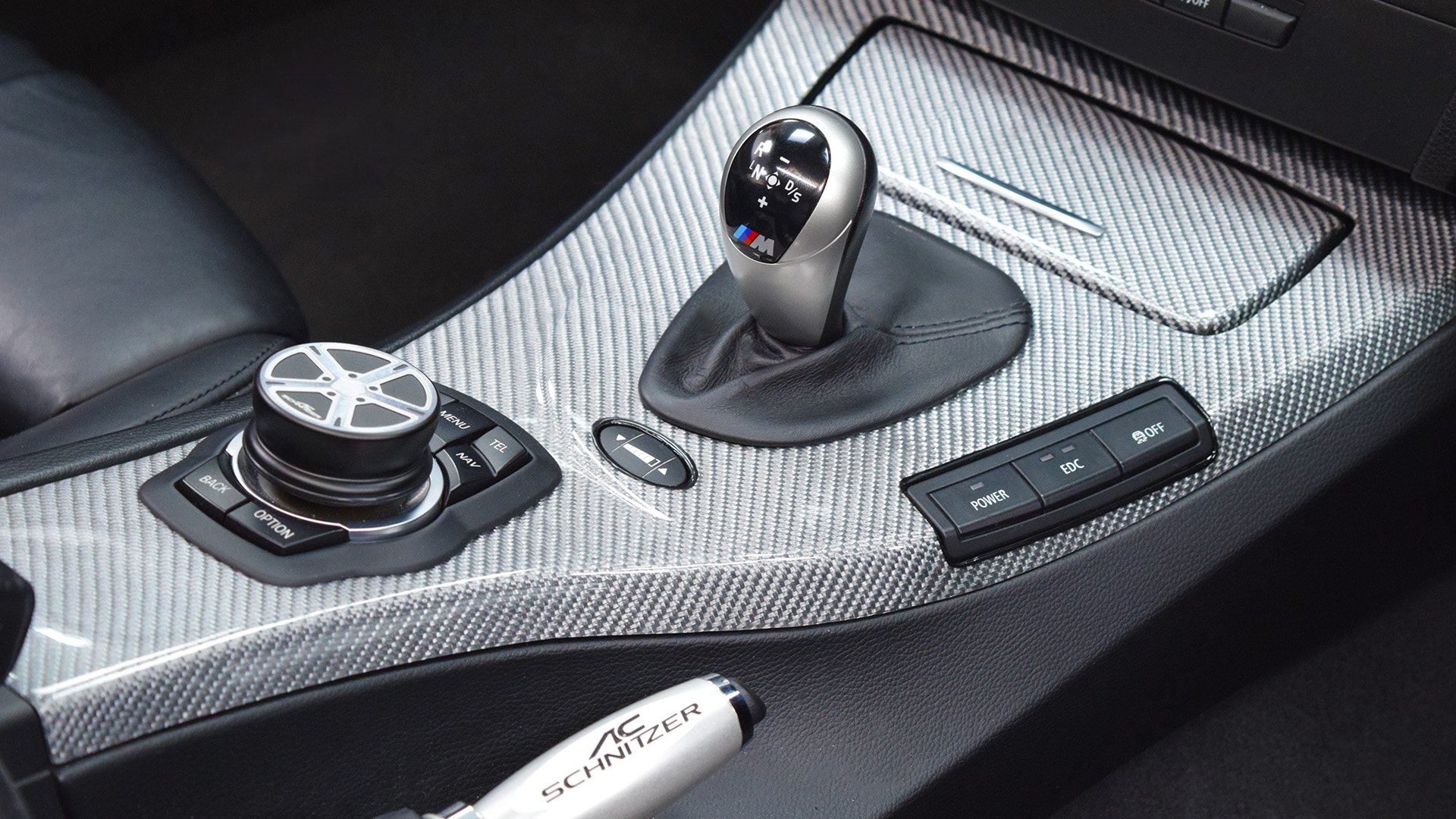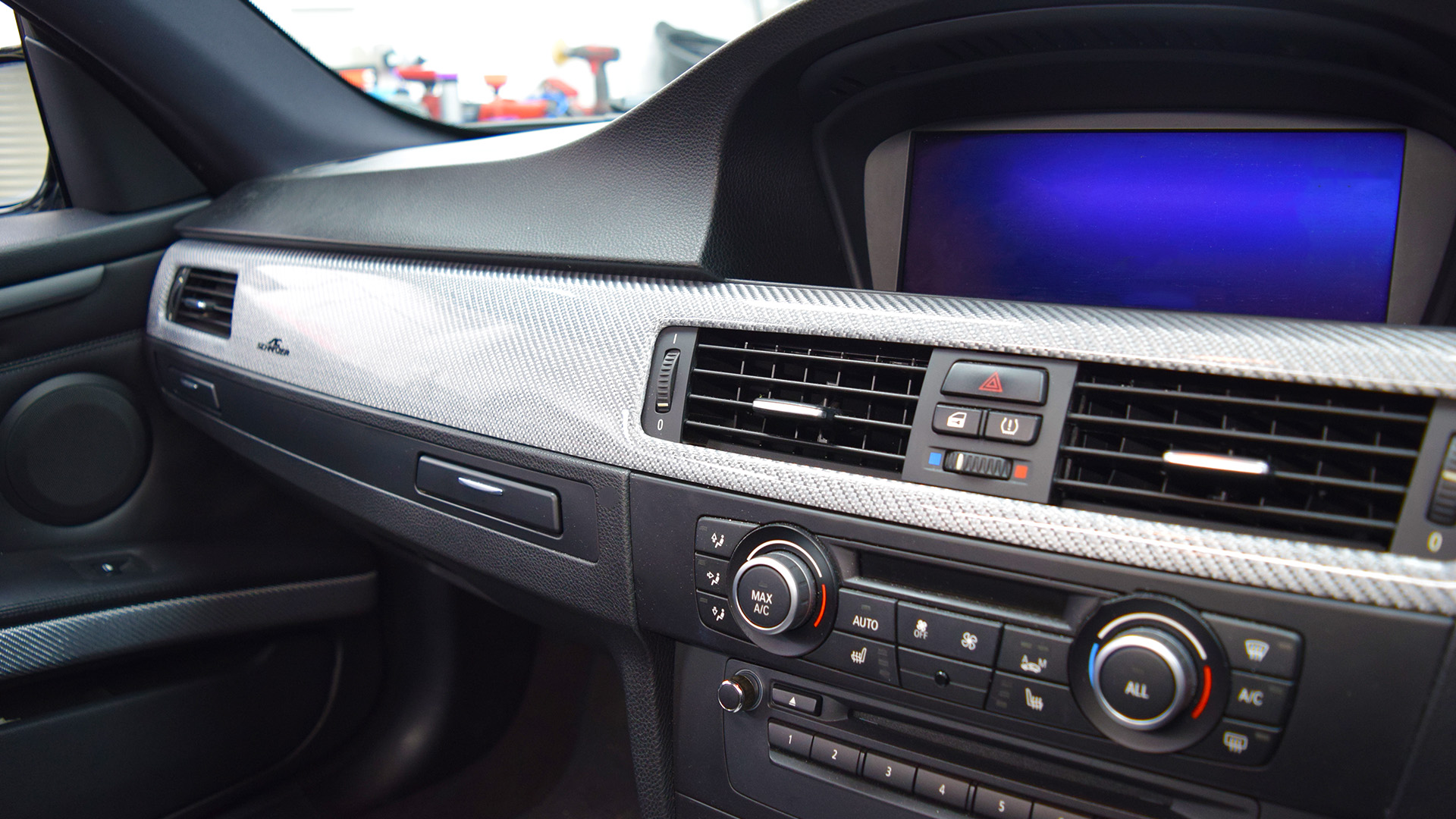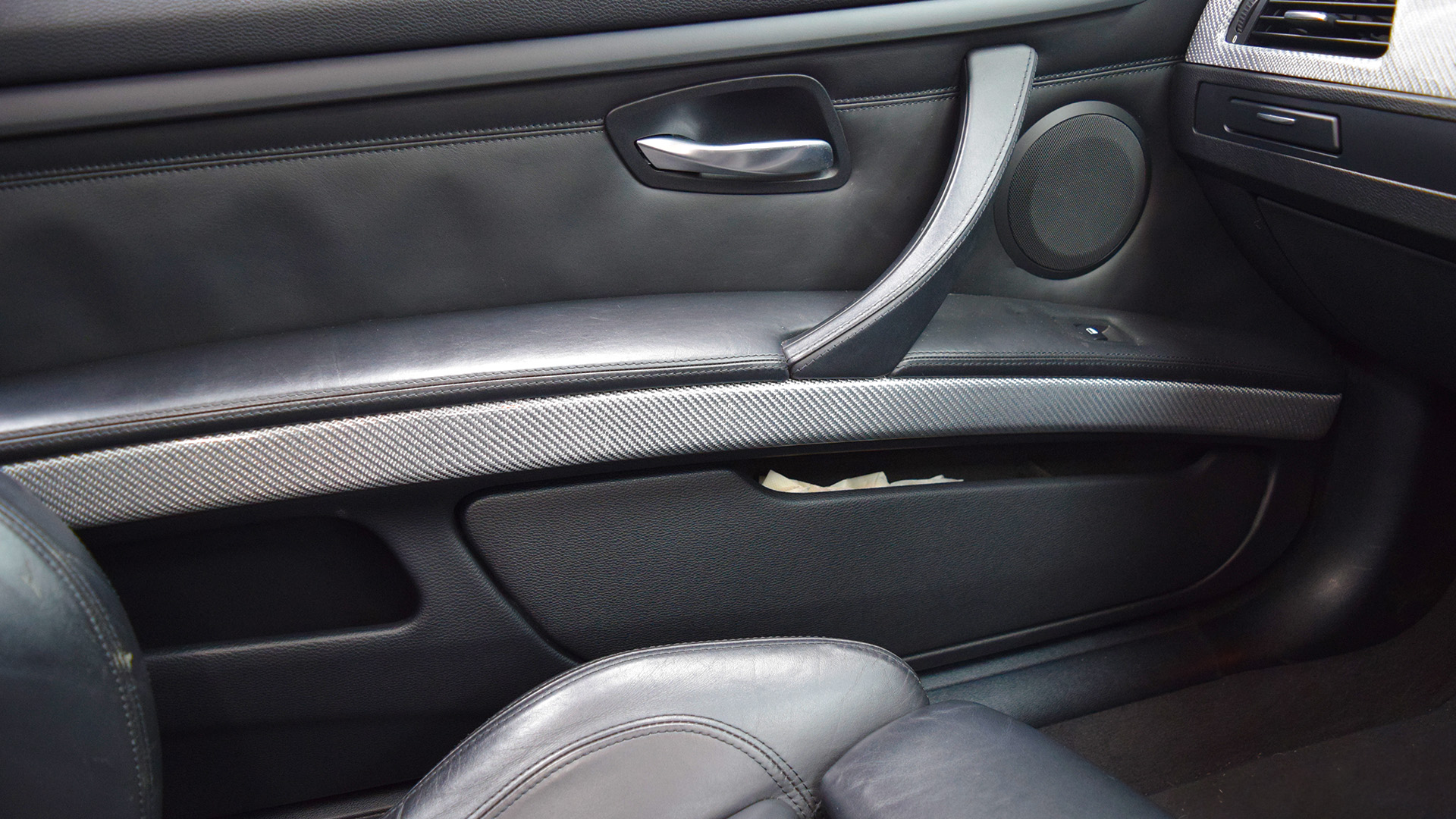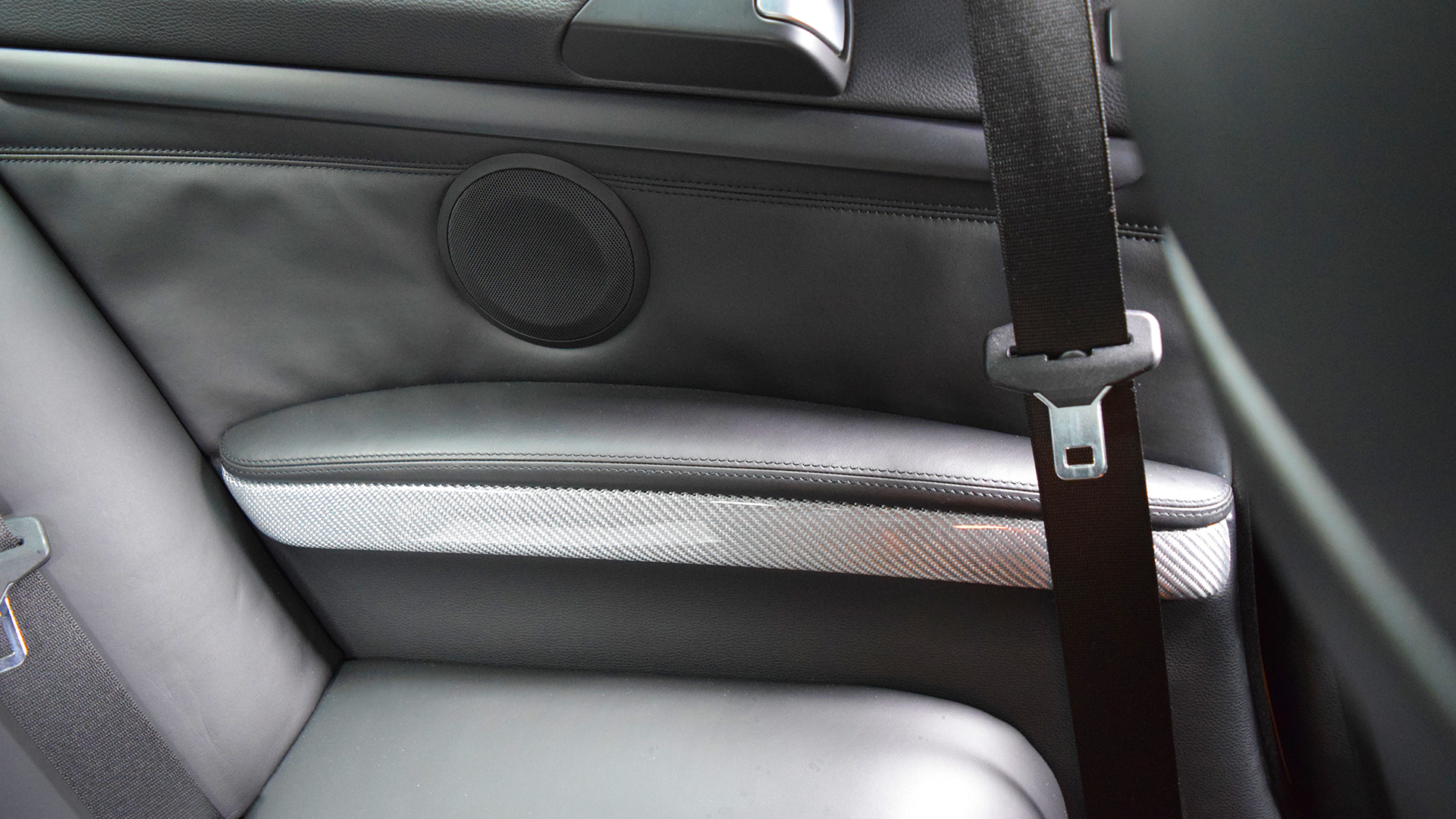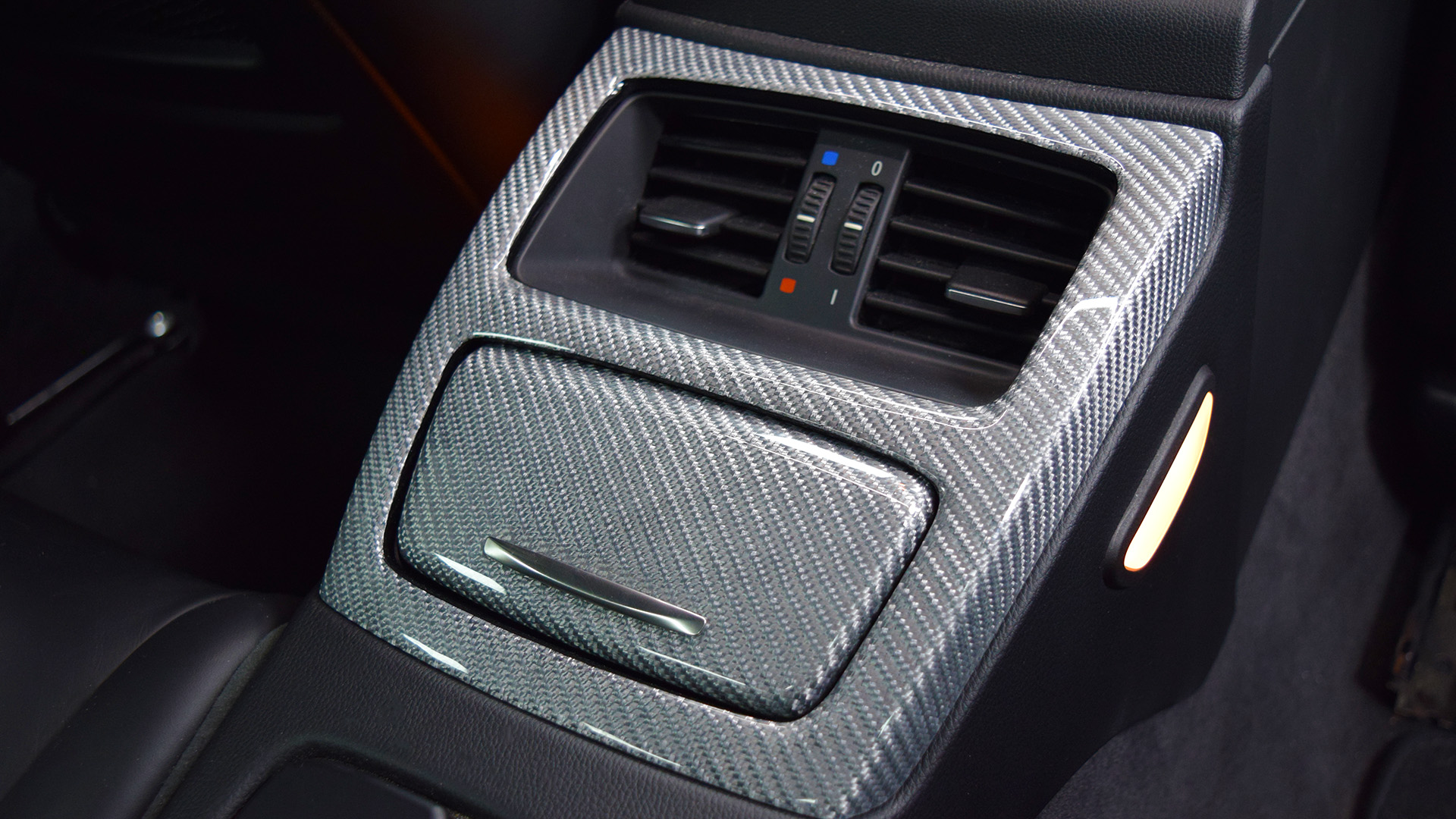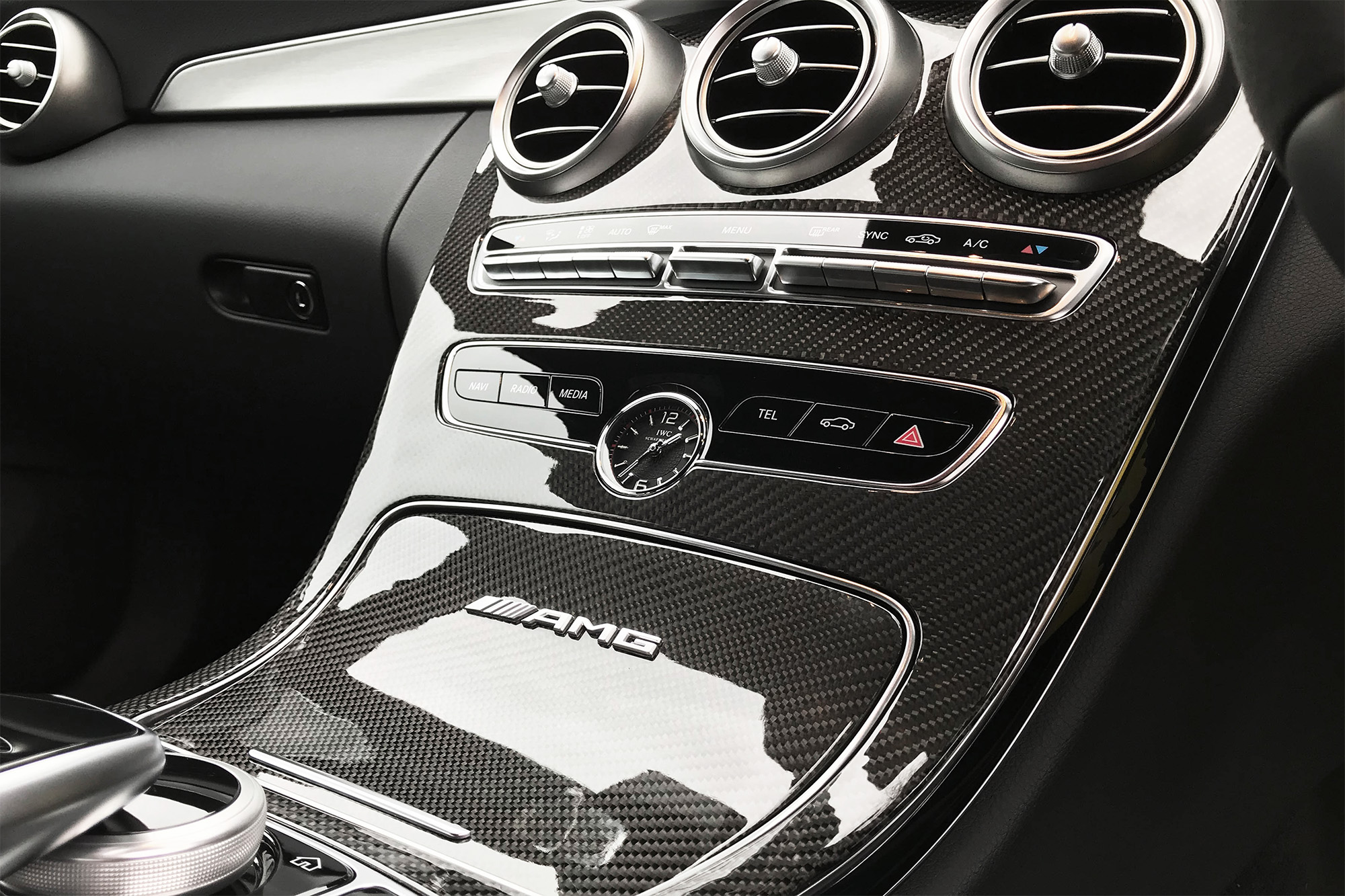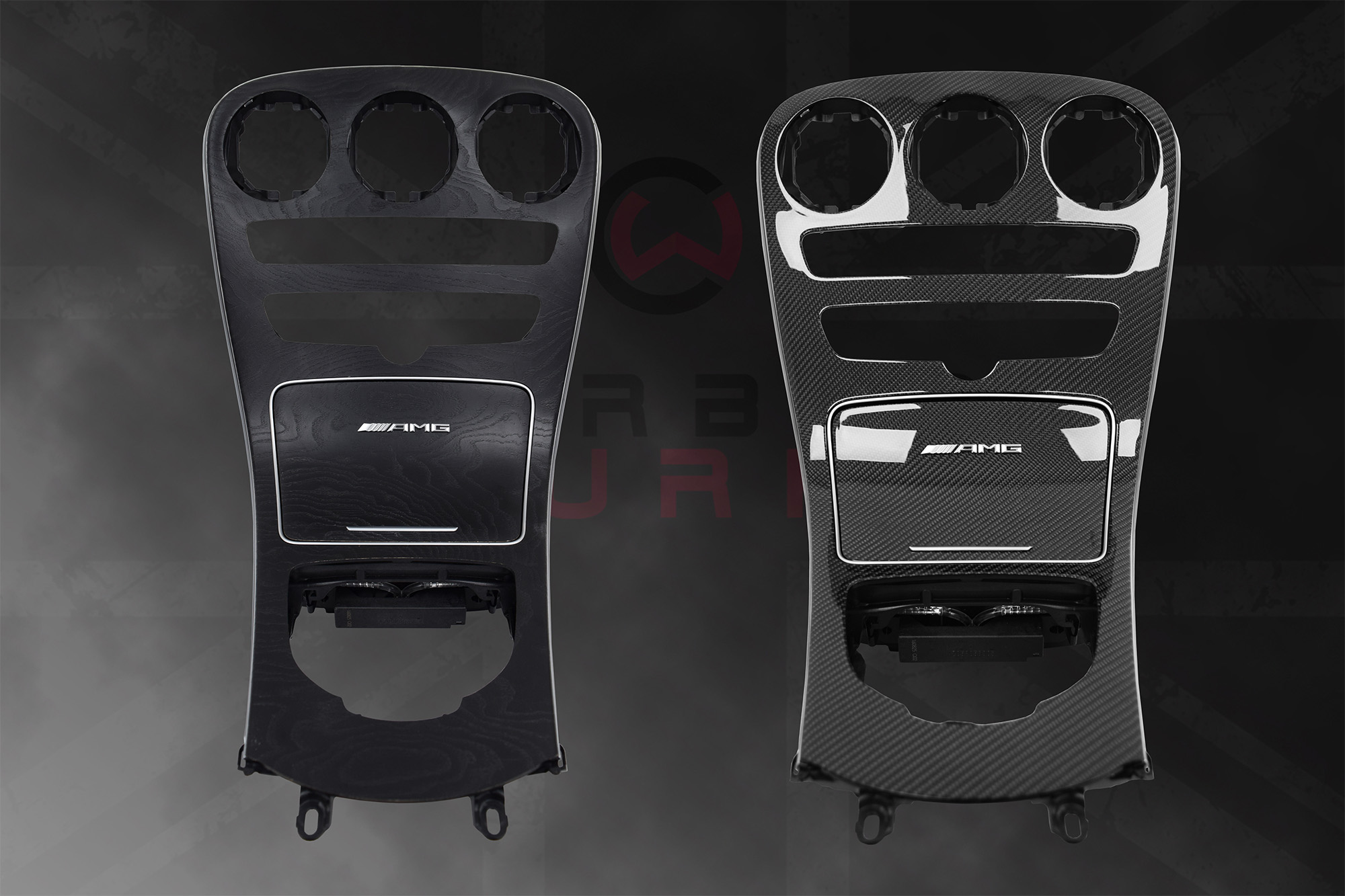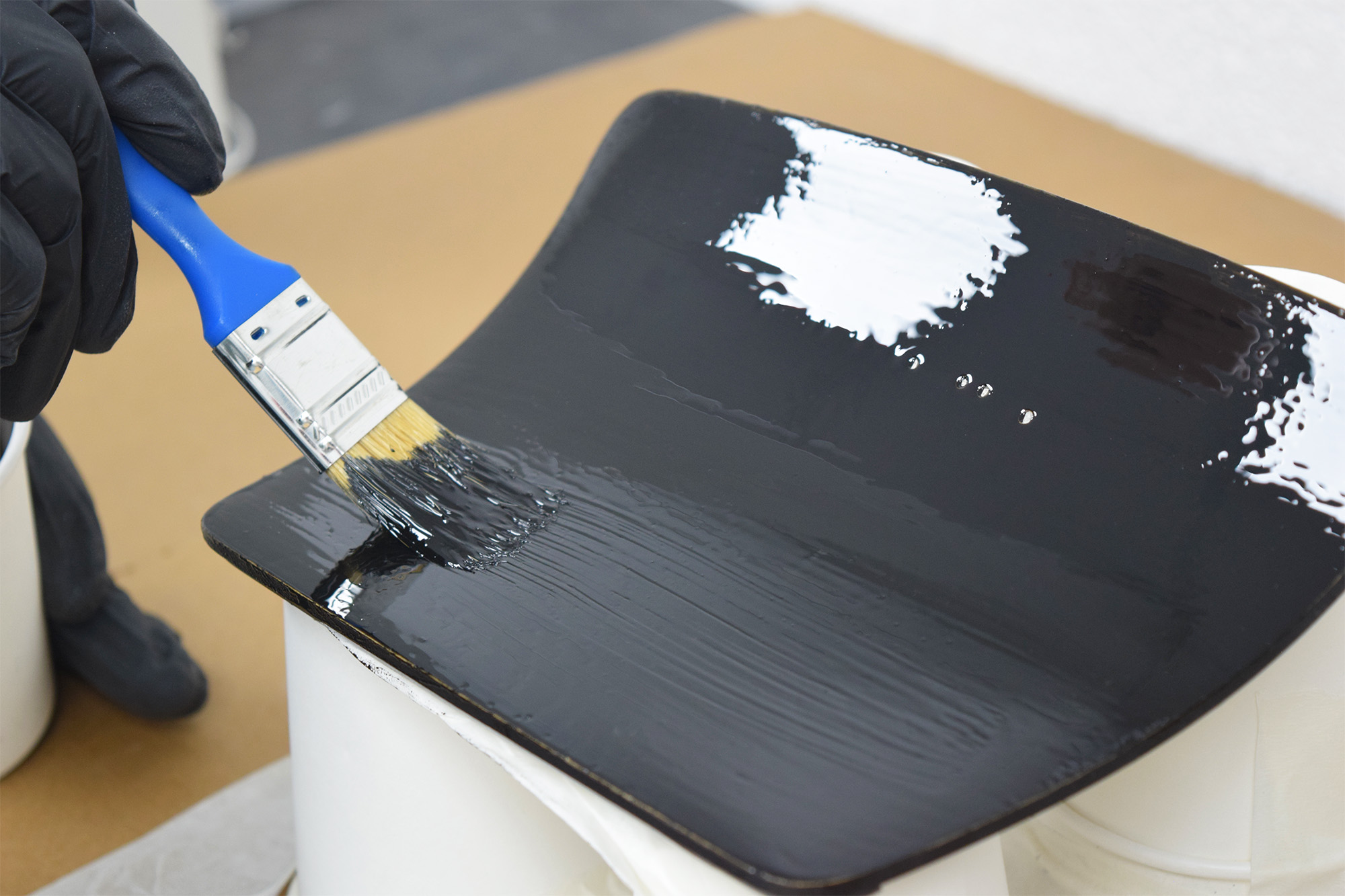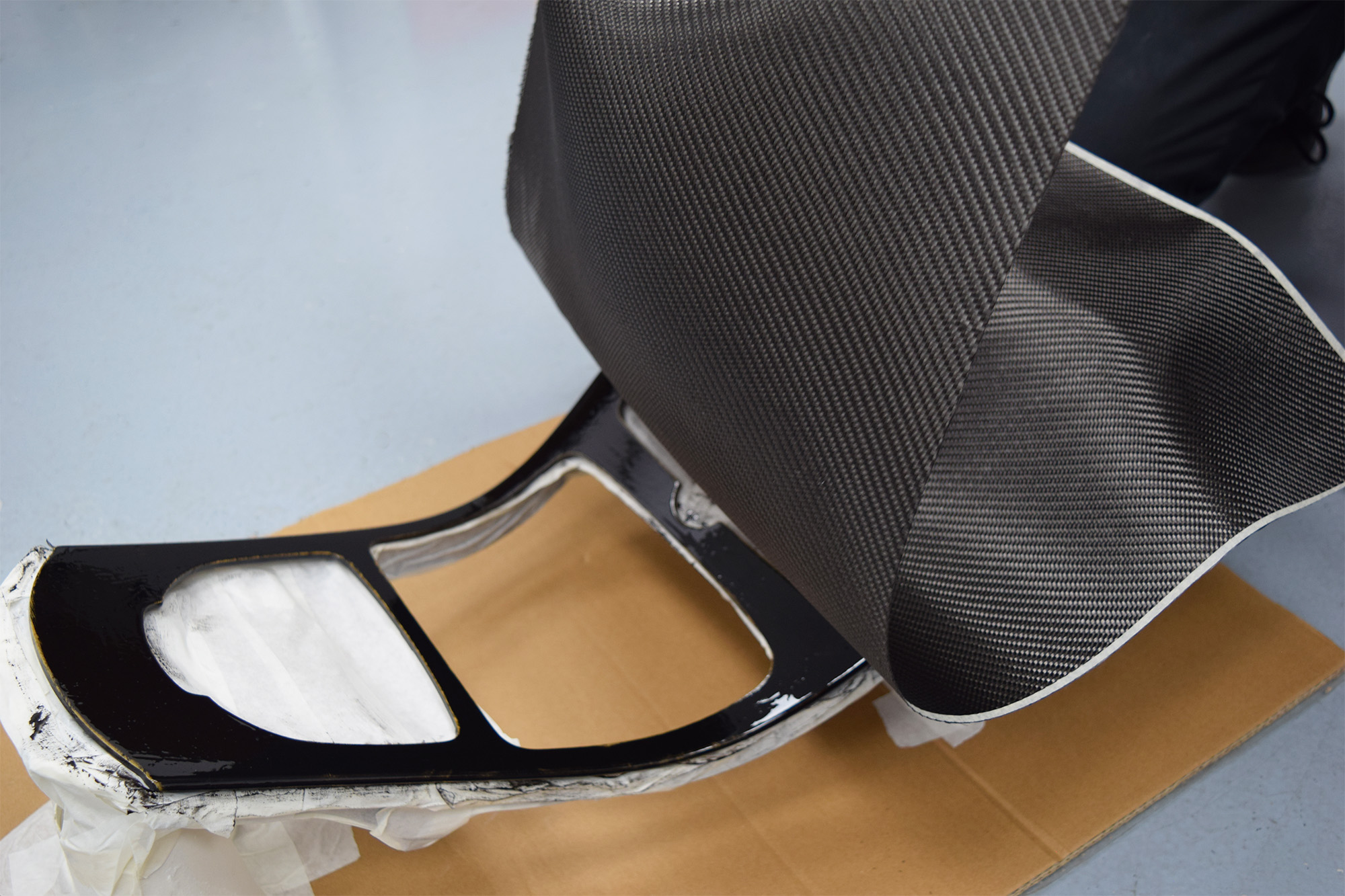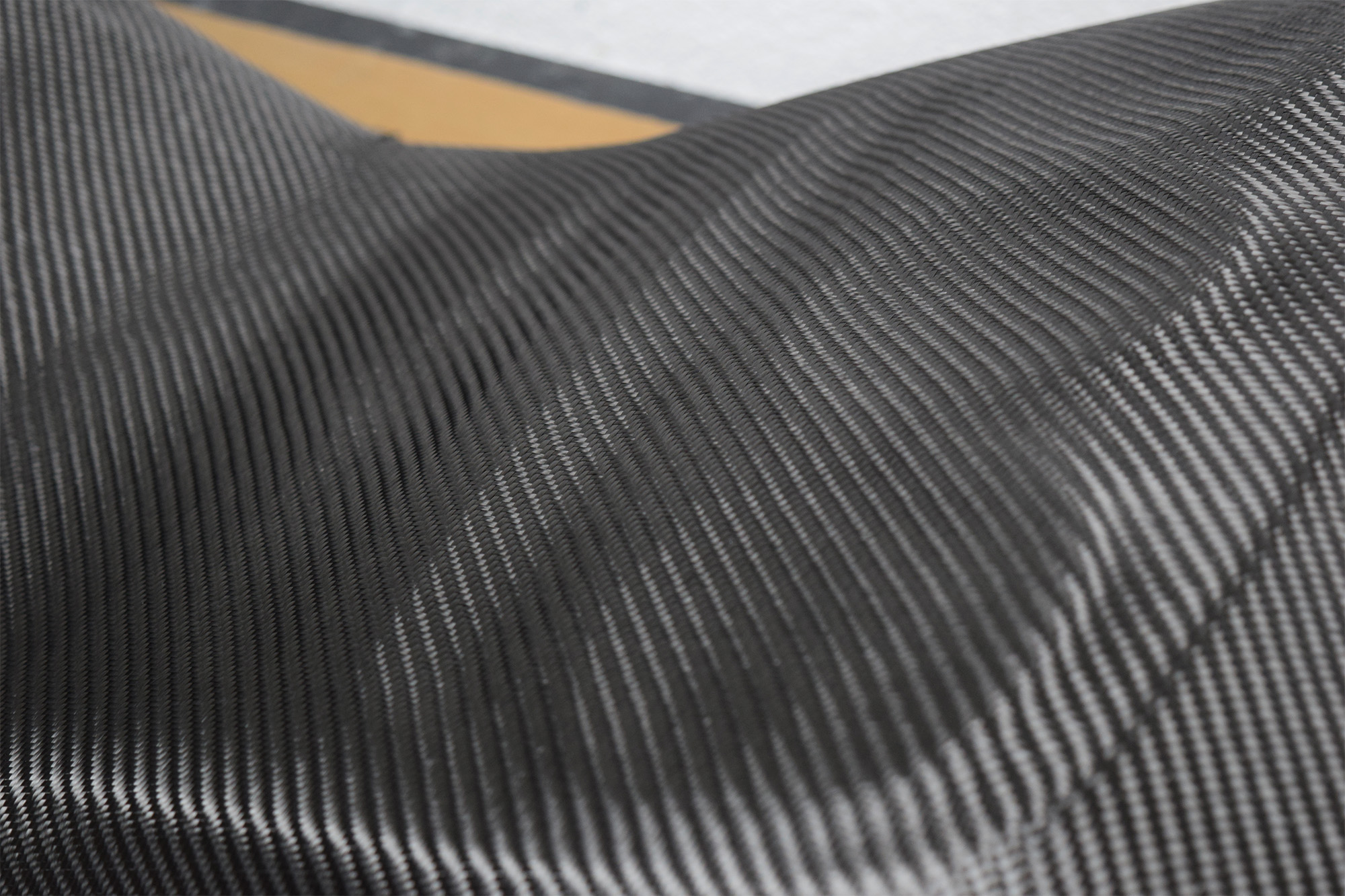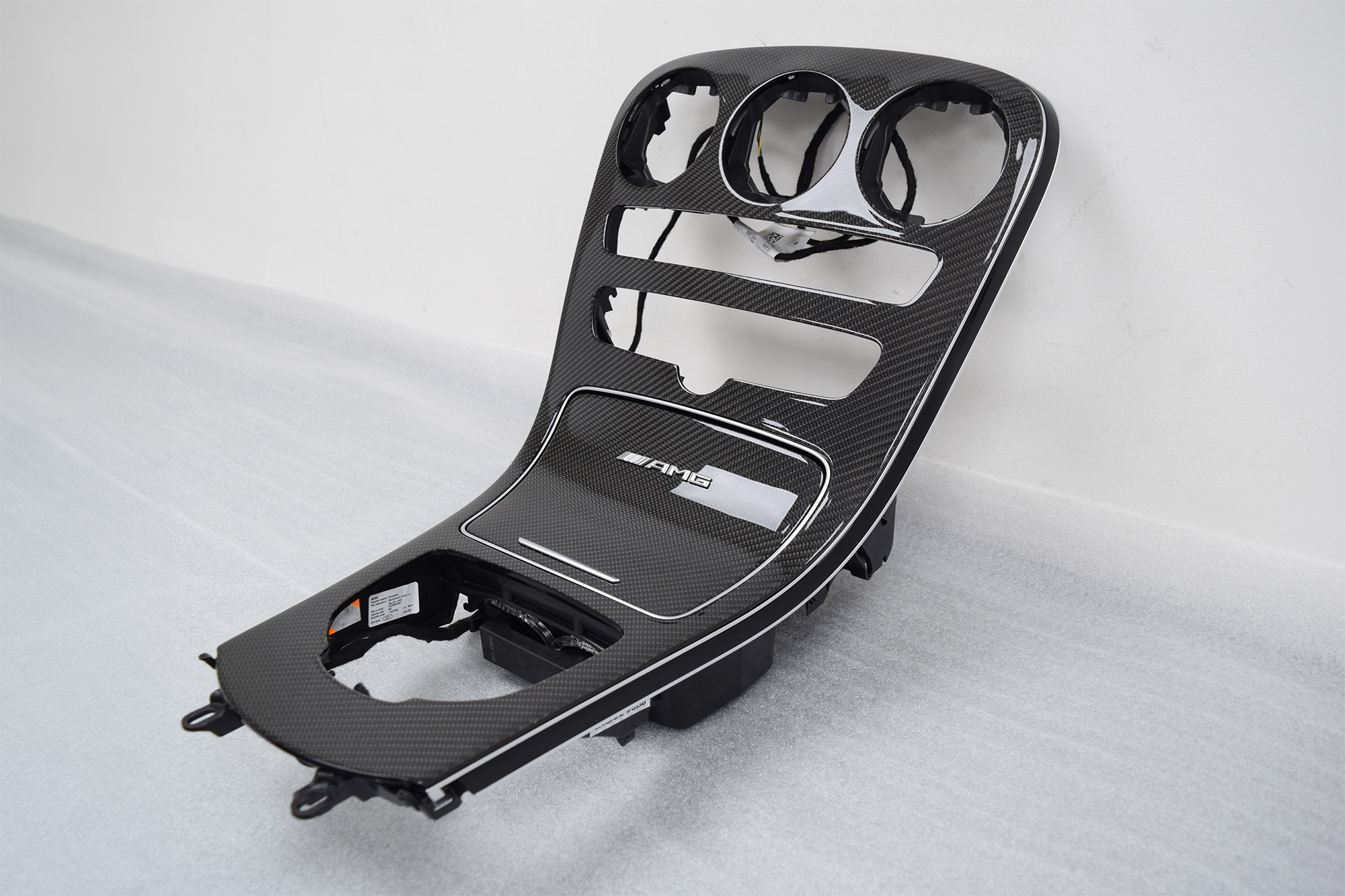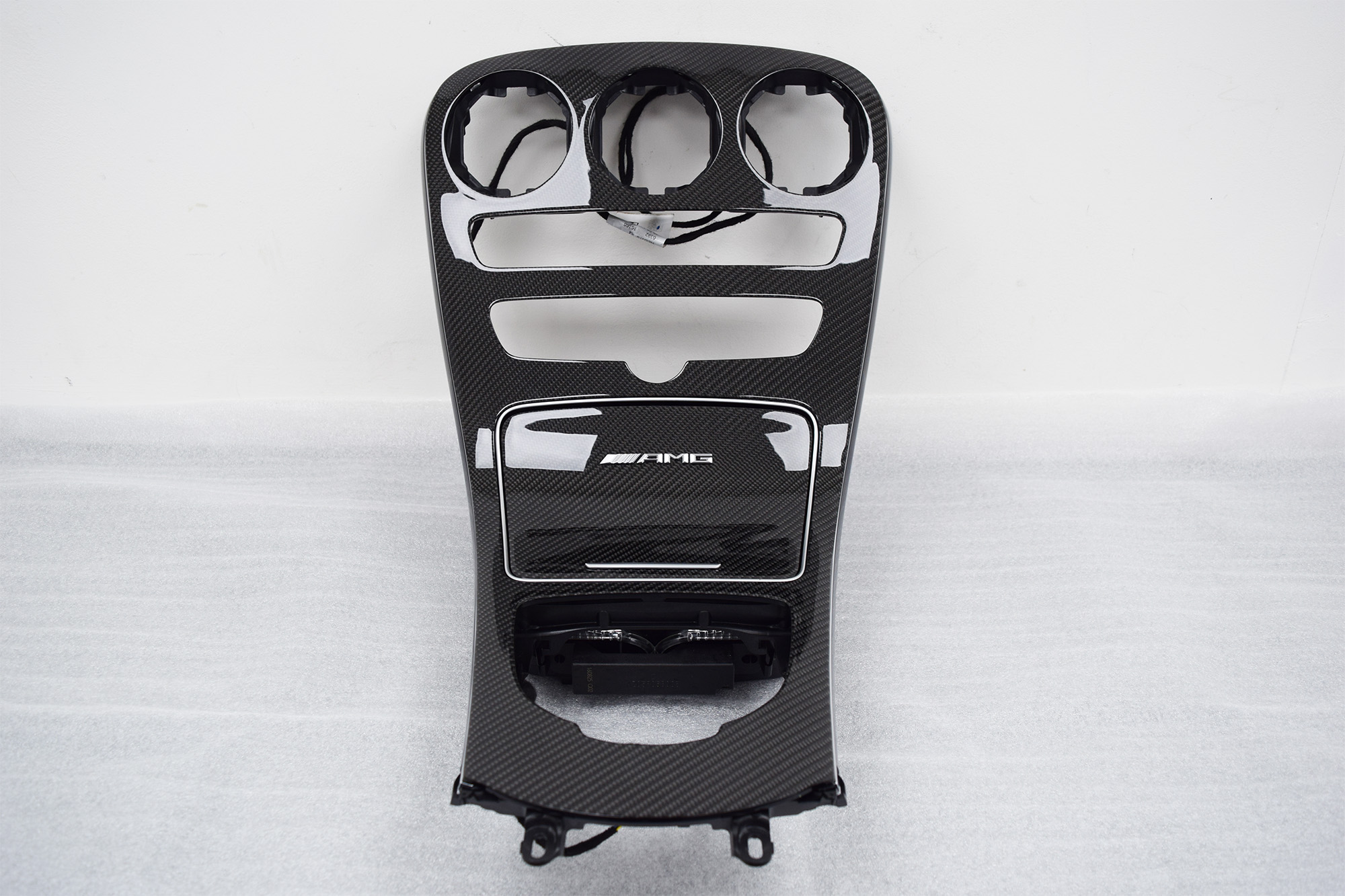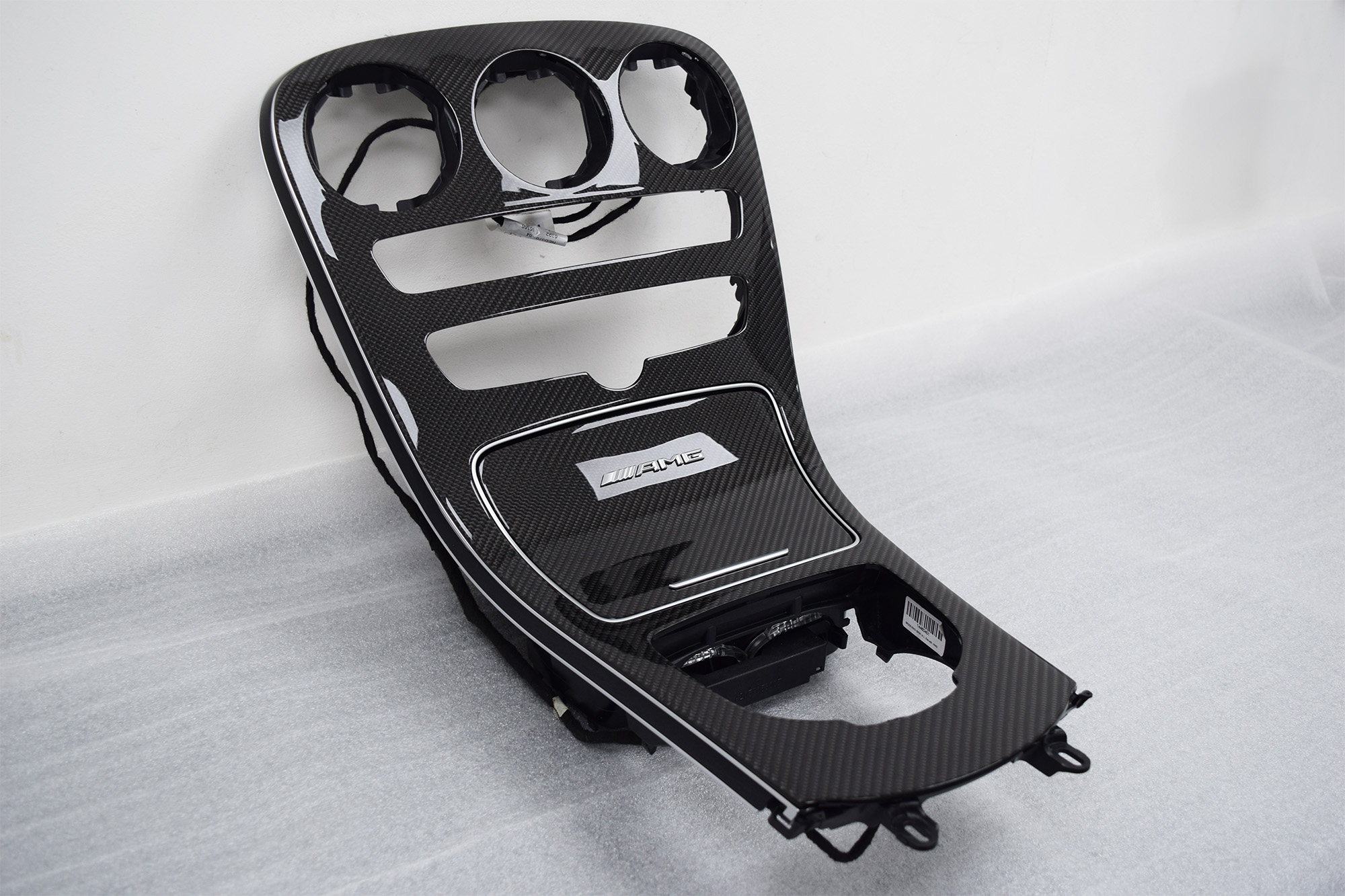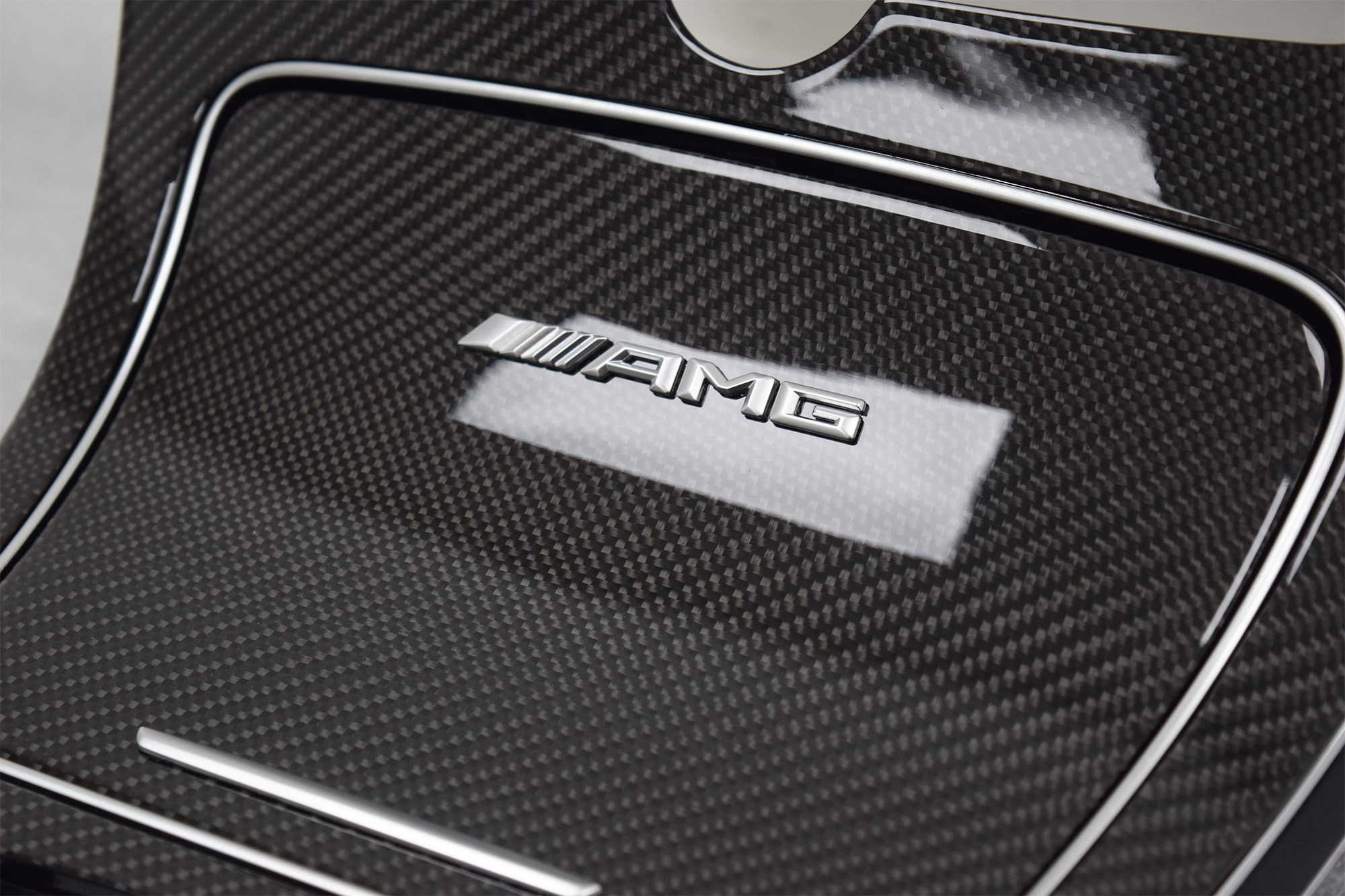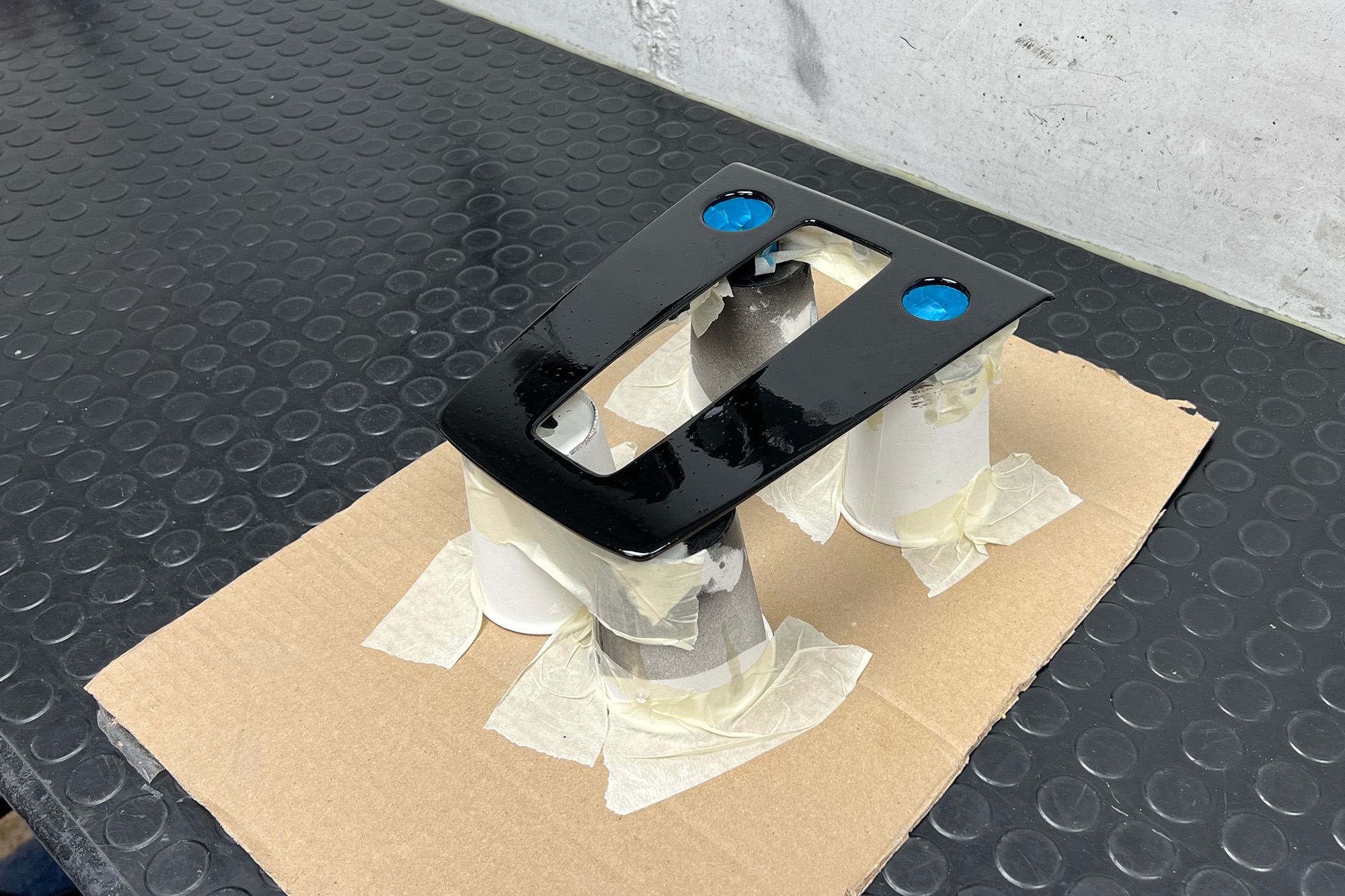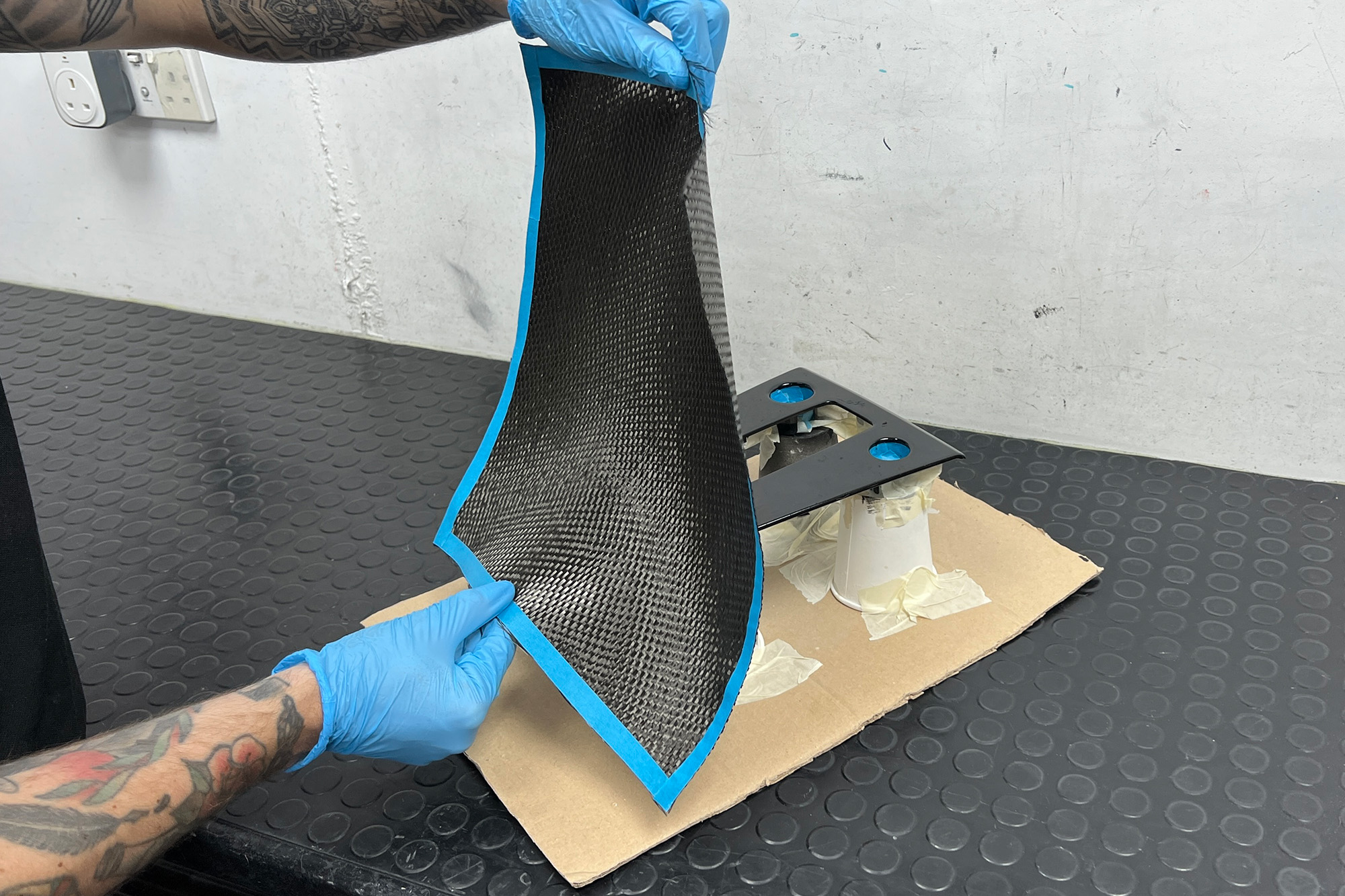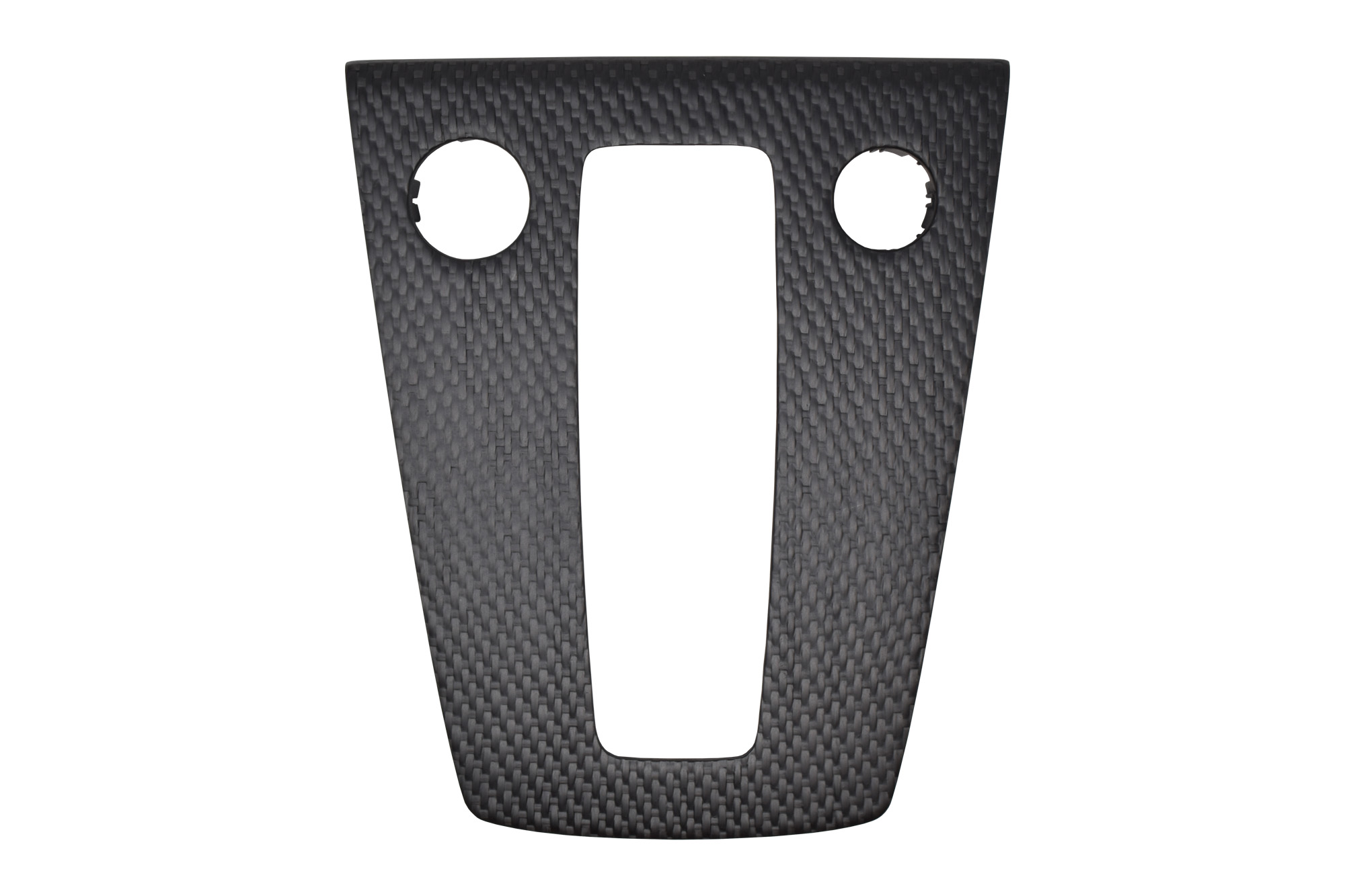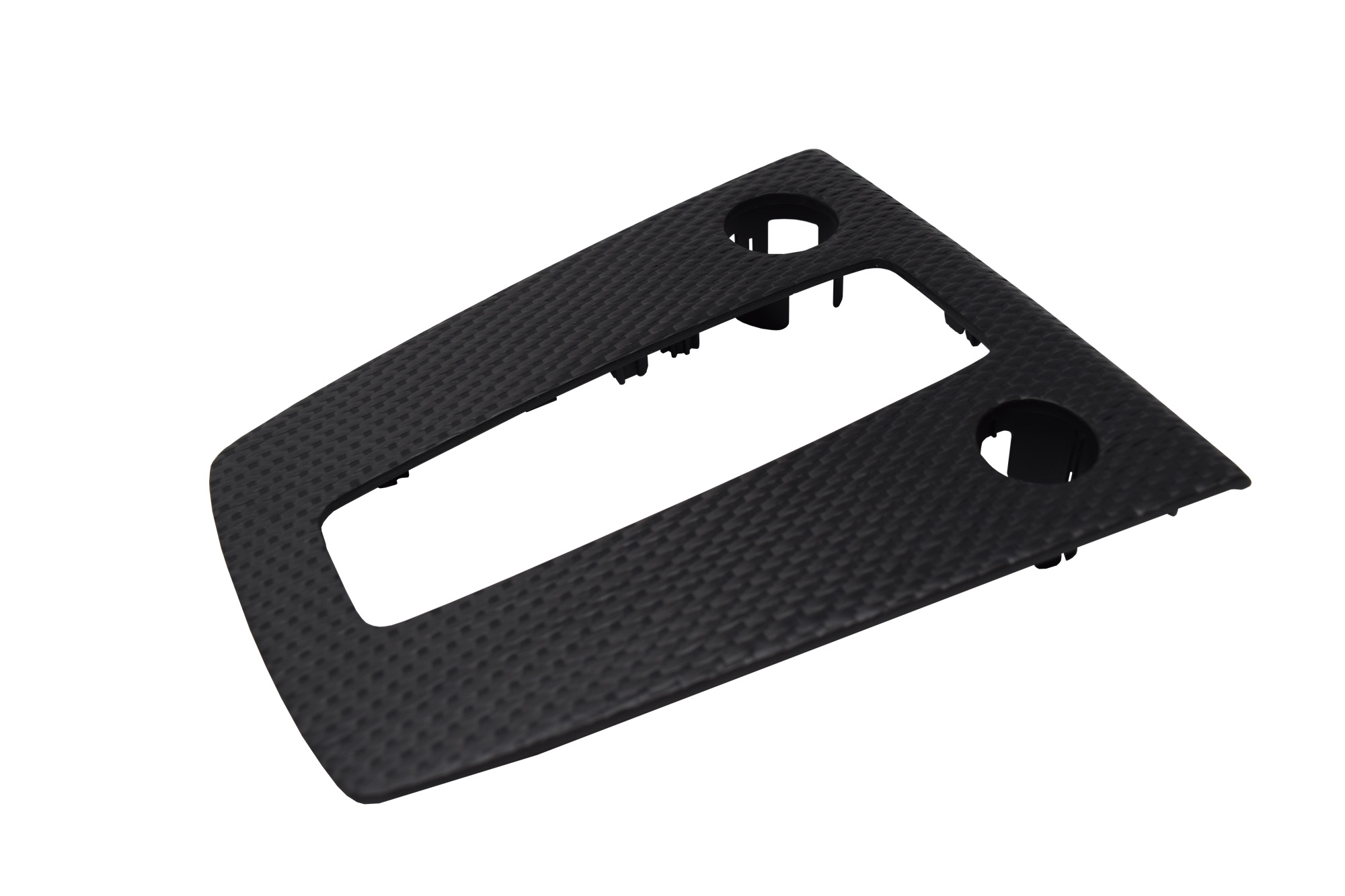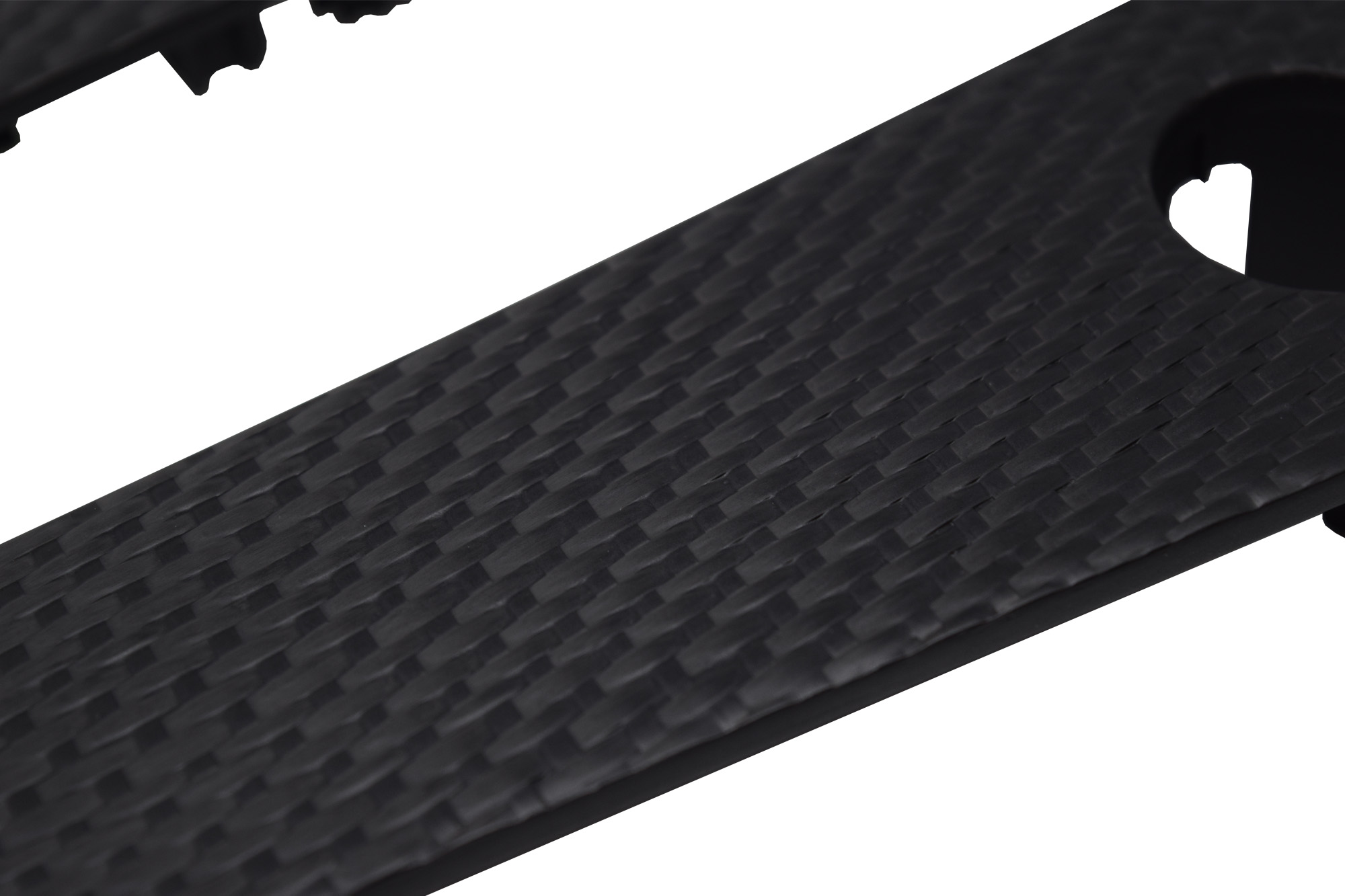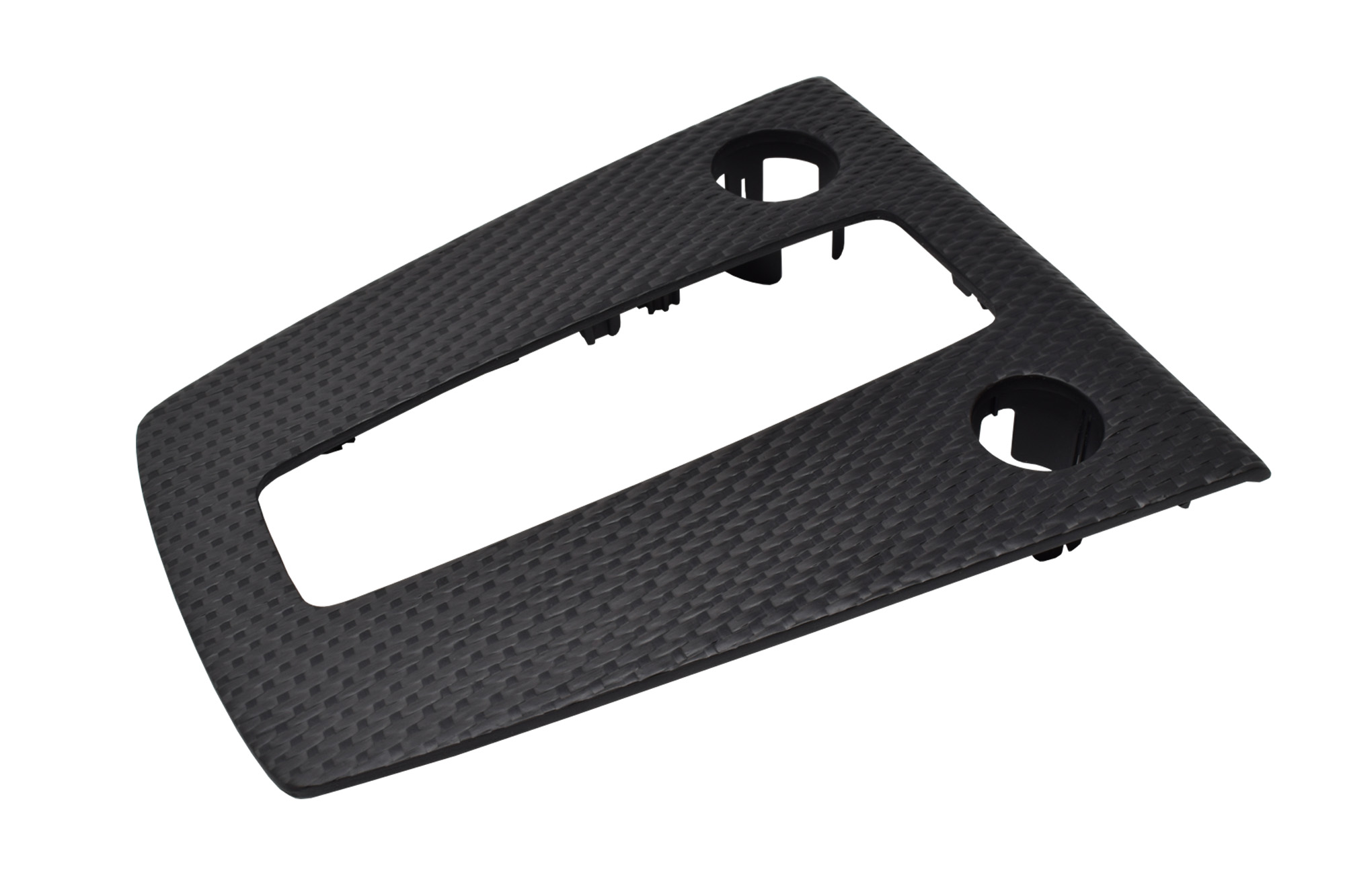Carbon Fibre Skinning
Specialist Carbon Fibre Skinning
Taking Your Vehicle Parts & Making Them Better With Carbon Fibre
For many years Carbonwurks has been producing a range of carbon fibre products all in house. One of the production methods is called “Skinning” where we take an already existing component and overlay genuine carbon fibre onto the surface. This is particularly useful for very intricate and fiddly applications or for when a 1-off piece is required.
Skinning carbon fibre is not an easy or quick process. Often, it’s mistaken that it’s cheaper to produce a skinned part over a replacement which regularly isn’t the case due to the process and time required to undertake a high-quality job.
For the most part we tend to recommend OEM parts as it negates issues with fitment post processing. This isn’t to say we can’t skin any other items but does help if the part fits well in the first place without too much hinderance with other tolerances.
The process we generally keep as a tightly kept secret as we have developed proprietary methods to give the best possible parts and end result. That said, we can touch on some of the basics to give you an idea of what’s involved.
How its done
The Skinning Process
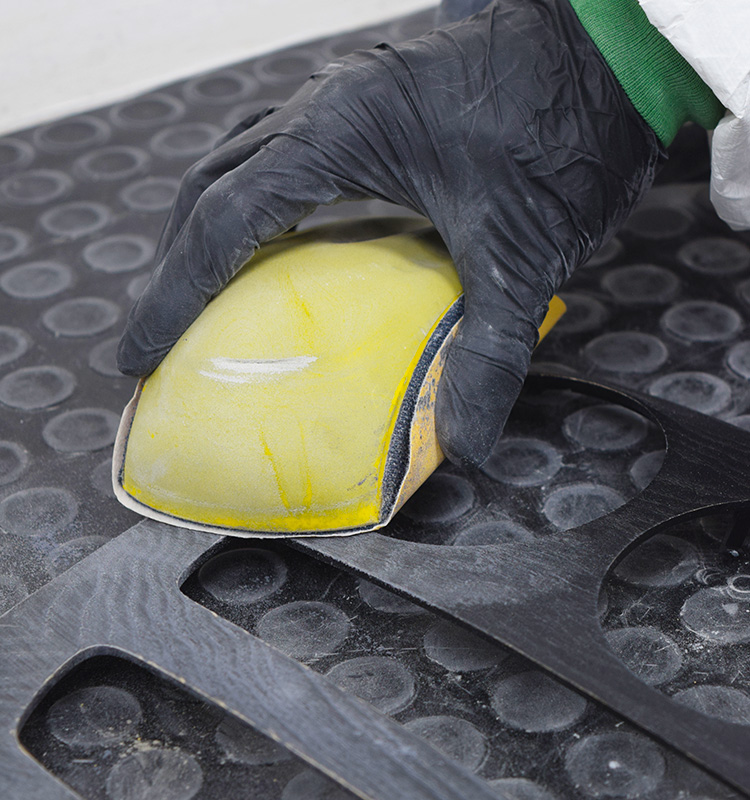
1. Prep Work
The part needs to be stripped down and ready for carbon application. To help reduce tolerance issues, we tend to take some material off to negate a layer of carbon being put on.
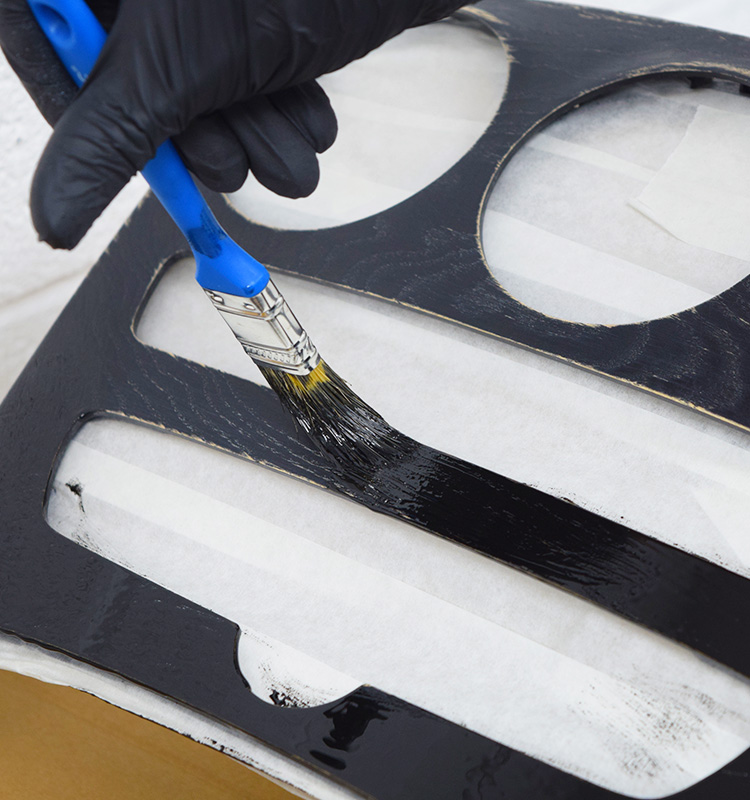
2. Base layer
For the carbon to adhere to the substrate below, we layer a sticky resin base to allow the carbon to bond. For some parts a vacuum is used to help with tricky contours.
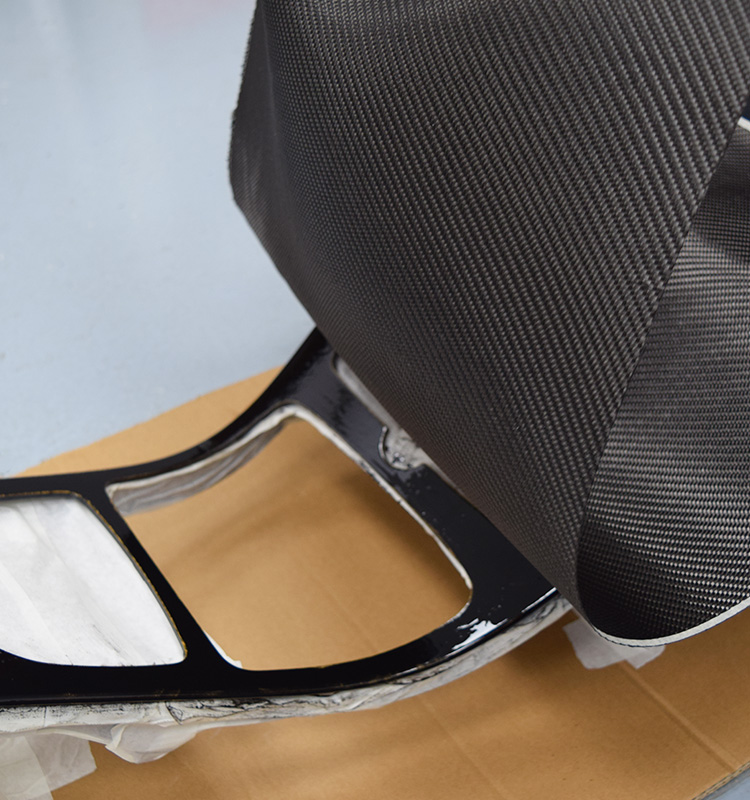
3. Carbon Application
The carbon is carefully applied to the part and left to cure, care is taken not to distort the weave, this is one of the most critical stages.
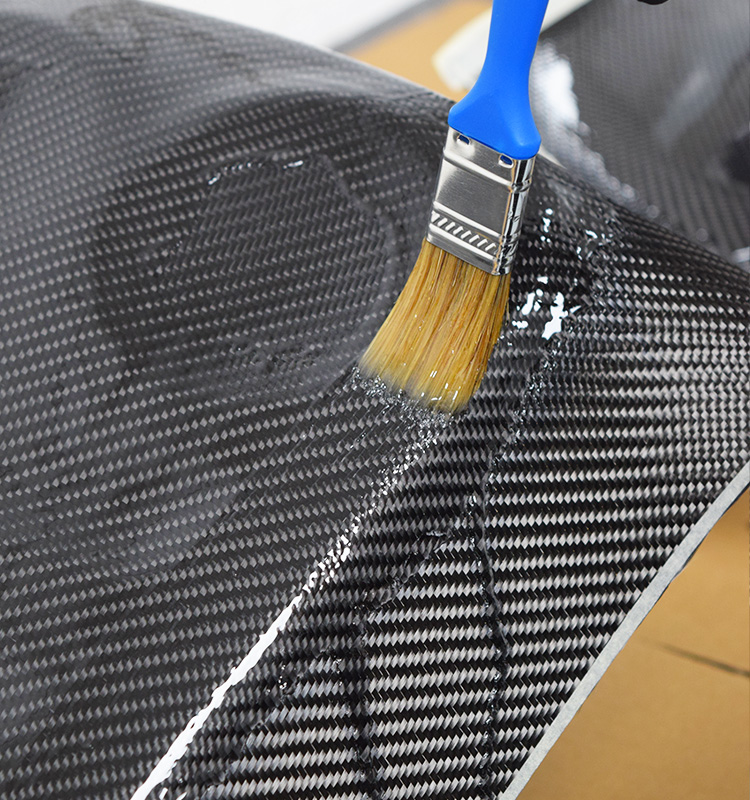
4. Resin Infusion
The dry carbon needs to be wetted out with resin to set the carbon in place. Multiple layers of resin are used to build a smooth finished carbon part and to set the carbon properly.
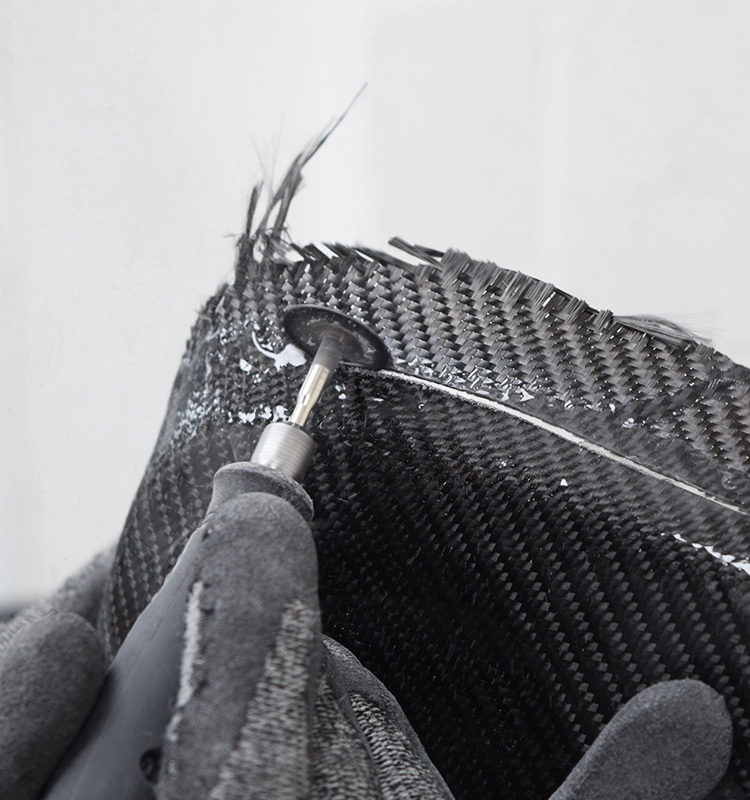
5. Trimming and Sanding
As you’d guess, the carbon needs to be trimmed to shape and the resin sanded down to give a smooth and uniform finish.
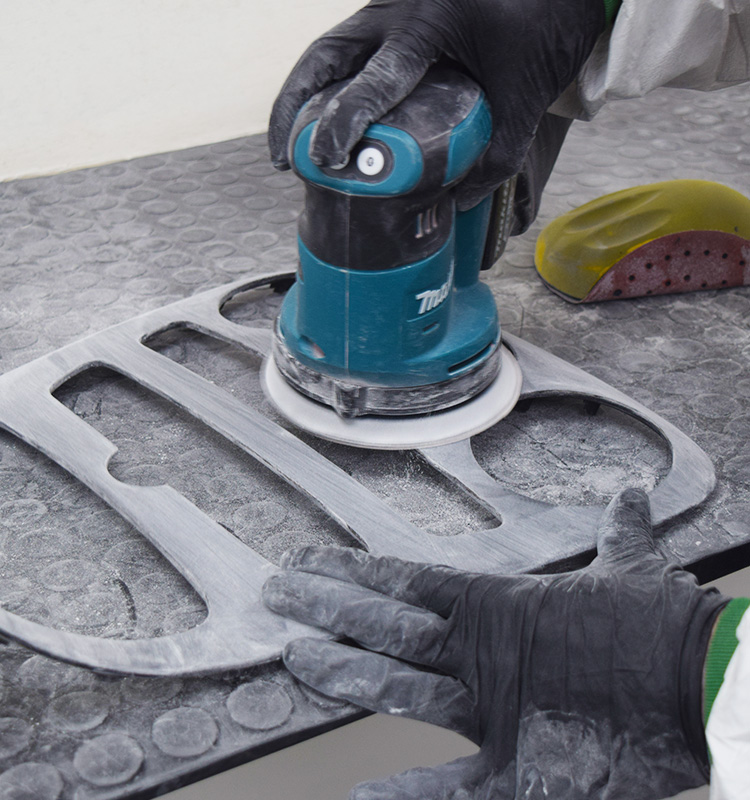
6. Further Refinement
The process requires many stages of sanding and resin to obtain a good surface leveling.
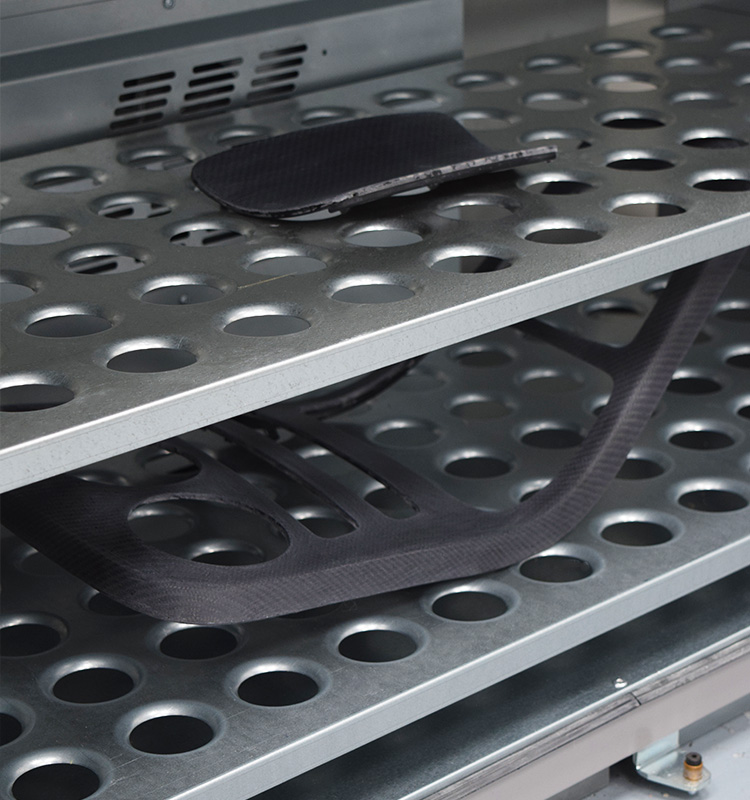
7. Curing
To ensure the part will stand the test of time, it needs to be cured for a set amount of time and temperature. Without this phase, carbon can de-laminate and post cure when exposed to the harsh environments our cars or alike go though.
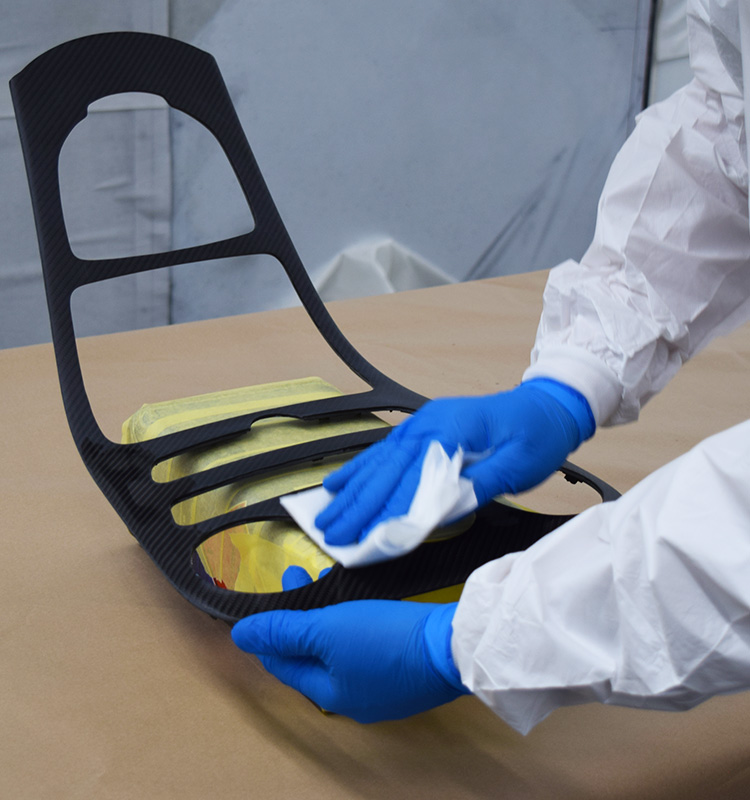
8. Post Cure Prep
Once cured, the part is flatted and prepped for UV resistant clearcoat
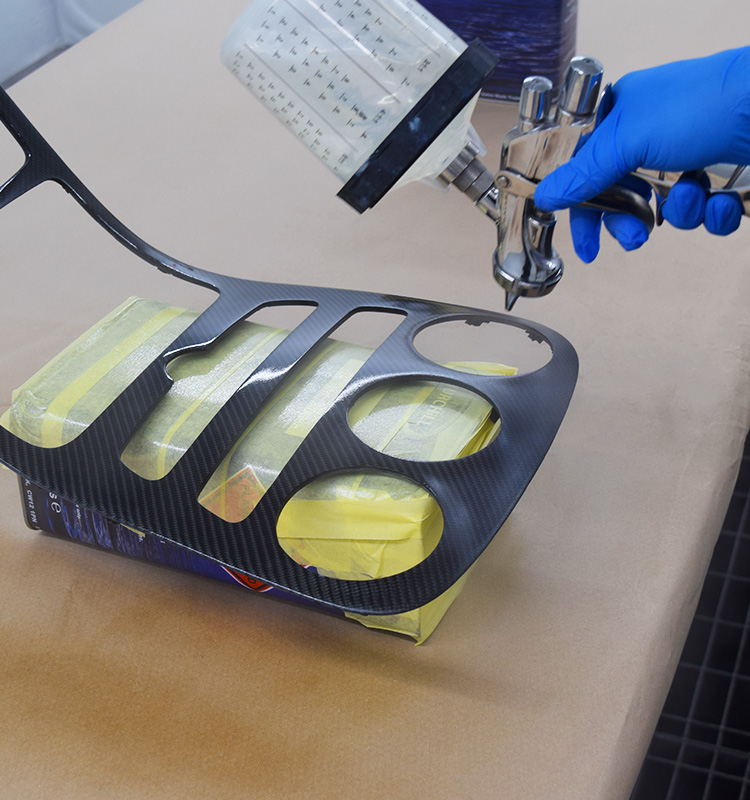
9. Lacquering
Each part needs to be properly finished with clearcoat otherwise it will not stand up to UV rays. Like all our products, we use extremely high-quality lacquers to give a super high lustre finish. We can finish in matte, satin or gloss as well as tinted candy finishes.
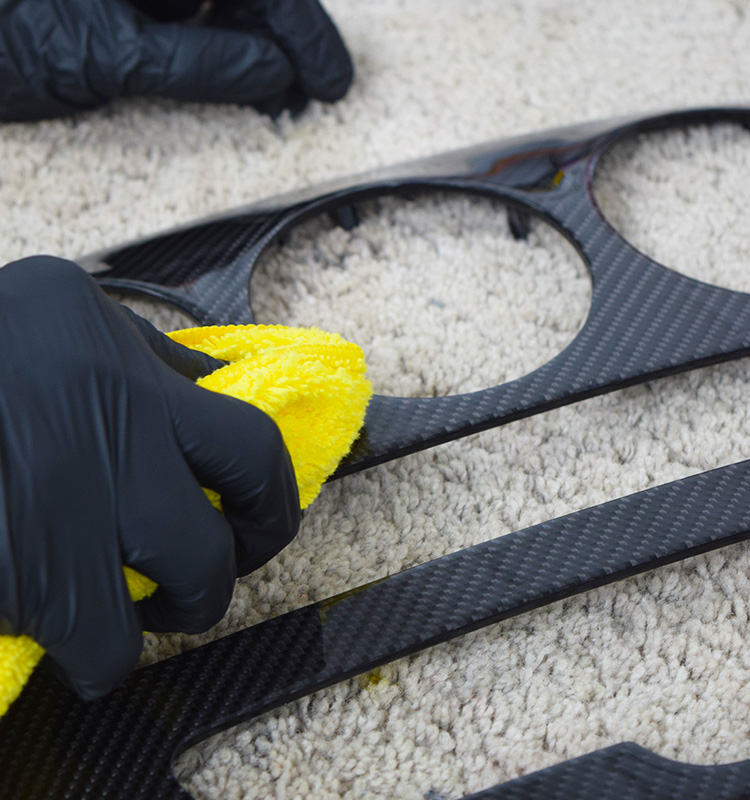
10. Final Inspection
Once the part has been finished in the lacquering department, we flat, polish and seal with a high carnauba content wax. The part is finally complete and ready to be shipped back.
Past examples of carbon fibre skinning
Recent Projects
It can be quite difficult to capture the steps involved and the final finished item. We have over the 10+ years we’ve been offering this service, skinned into the hundreds and thousands of parts. A couple interesting recent examples are below.
AC Schnitzer Interior Carbon Fibre
BMW M3 E92
- The vast majority of carbon fibre we make tends to be black 2×2 twill. A good customer to Carbonwurks with an avid AC Schnitzer collection of BMW came to us wanting a replica of the M3 E92 ACS interior package that hasn’t been available to buy for some 10+ years. This was quite a challenge to replicate in the same way but, we like a challenge.
- Often customers supply us with their original interior panels. In this particular case, the customer customer supplied some 2nd hand, genuine BMW parts to keep his original interior panels which were already a rare leather option.
- With all panels present we stripped down the parts with old leather and sanded the wooden variant which we were going to overlay genuine carbon onto.
- The process as touched on above involved sanding down the part and applying a sticky basecoat that the carbon would then adhere to. We had to test pigments to obtain a silver basecoat to ensure no bleed through of the normal black basecoat used which would give a poor finish to the weave. We managed to obtain the very same silver weave with the same tow size for this job which was applied to all surfaces and allowed to cure.
- Once the parts were ready, we applied near 8 layers of resin in different applications to give an incredibly smooth finish.
- Among the resin applications involved trimming and sanding to keep the factory fitment and tolerances.
- We had some AC Schnitzer logos made up in the same style and size as the original which were placed on the steering wheel trim and the dashboard. Measuring and placing in the exact perfect position was one of the more complicated parts to this job.
- Once complete in the fabrication section, we cured these parts to bake the carbon and resin for the best surface smoothness and longevity. Without curing the parts will be compromised and would be prone to failure on hot days. This is by far the most critical part of producing skinned parts and an area we have spent over 5 years developing with proprietary methods we keep as a closely guarded secret.
- After a post cure sand down, these parts went off to lacquer for an extremely high gloss clearcoat.
- Complete from lacquer, all parts received a final flat and polish along with being hand waxed for enhanced levels of gloss.
- We stand by these are some of the highest quality carbon parts made with the highest clarity resin and lacquer available. Taking old styled parts and enhancing them with modern technologies and methods.
Genuine BMW Interior Trim Pieces Skinned With Silver Carbon Fibre (AC Schnitzer Style)
Interior Centre Console
Mercedes C63 W205
- Mercedes have been offering carbon fibre on and in their cars for many decades now. Generally, they use a 2×2 twill which, they have used different coloured versions for different applications (mainly interior). The centre console is a part that can be specified from factory at quite a pricing uplift. Carbonwurks since the W205 chassis C class has been going have been producing a more cost effective replacement.
- In a similar fashion to the parts mentioned already on this page, there is a huge amount of prep that goes into the initial phases. Arguably the most import steps in the whole production of a carbon part is in the prep. We strip down the console to their bare panels (removing any clips and fixings behind) to ensure we can work with the part as best as possible and avoid any potential mess.
- This console has quite a few tight tolerances to content with. Having a lot of cut-outs for the various buttons and controls, it’s critical to the end result to keep these tolerances tight but not to the point where you would struggle to refit the original equipment.
- We only use genuine Mercedes parts as a base for these consoles. Although patent parts are available, it doesn’t pay in the long run to use sub-standard components.
- As with all our carbon fibre parts, once the main bulk of the manufacturing processes have been undertaken, the console is baked & cured then moved over to our lacquering facility to give the part it’s high lustre clearcoat. Once back from lacquer, we rebuild these consoles to their factory state ready for installation in the new owners vehicle or to be shipped to various corners of the globe.
Genuine Mercedes C63 Centre Console Skinned With 2×2 Carbon Fibre
Interior Gear Surround
Audi S3 (8Y)
- This A3 panel is another unusual skinned part. From factory Audi offer an open pore carbon for the dashboard panel but do not offer a centre console option. We had to find a specific weave to copy the type of carbon Audi used for this open pore carbon part.
- We used an Audi original part as a base for the carbon to be laid onto. Once the prep process had been undertaken, the carbon was applied.
- To give the open pore effect requires a very careful and limited resin infusion process. Without giving the game away, if not done correctly will leave the part patchy, under or over saturated. A very fine balance to set the carbon in place.
- With the resin process and trimming complete, we oven cured to ensure the part was correctly ready for use in the real world elements (heat and UV).
- With careful prep, this part was ready for a satin lacquer to give further protection to the carbon.
- With the part being satin, we can’t flat or polish the finish. Any imperfections are there for good which can’t be rectified. To keep the open pore finish means a limited level of lacquer can be applied to not clog the pores. What this all equates to is a part that can only be attempted to be made once, if it’s not right we have to start from scratch again!
- This part complete it was ready to ship off only to produce further examples for other customers.
Genuine Audi A3 / S3 / RS3 (8Y) Skinned With Open Pore Carbon Fibre
Our 30 sec advert on skinning a Mercedes CLA Dashboard Trim piece
We wanted to skin something a bit more fun and utilise some Forged Carbon Fibre, enter Little Tikes Car!
so here's what's
Needed From You!
If after reading all the above you want to proceed with getting us to skin and carbon overlay your existing component then we’ll need a few things:
Pictures of the part
We’ll need high quality images of the part in question, ideally close ups of the areas being skinned and some overview images to give us an idea of scale. Please ensure you take as many pictures as possible from different angles.
Send over the pictures
Once you have all the images you can email them to us at [email protected]. If there is a lot or the files are too big then your best solution is to put them all into a folder, zip / archive them and send them to our WeTransfer Account – WeTransfer.com
Vehicle Info
When you send the photos it would be great to include as much information about the vehicle as possible such as Make / Model / Year / Reg or VIN Number.
Once we have all of the above our team of fabricators will look over all the information provided and then come back to you with costings and timescales involved.
Please try to be as accurate as possible with the pictures and the information provided as if we don’t get all the facts prior to the part arriving it may be that extra time and materials may be required which will increase the costs.
The next step is to get in touch with us using our contact form below:
Frequently Asked
Questions
Typically, our skinning schedule is approximately booked up about 4-6 weeks in advanced.
As every part is unique and different, it can take anywhere from 3-6 weeks to complete to our usual high echelon of standards.
Every skinned part is unique and as such one piece may need more components and materials than another. As part of the initial enquiry we’ll take a look at all the pictures and information you provide and work out what is needed in terms of materials, the complexity of the process, and how much time will be required to complete the upgrade.
Until we have all the correct info, we cannot provide any pricing or quotes.
We aim to produce the highest quality components as possible. Skinning is very much a manual, skilled job. With anything handmade, every part will always look slightly different. We have been producing carbon parts for getting on 15 years now and with time comes experience that money just can’t buy. We have a very skilled group of employees and fabricators who don’t settle, they strive for the best possible.

